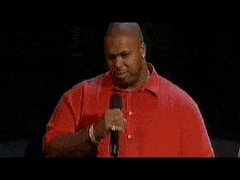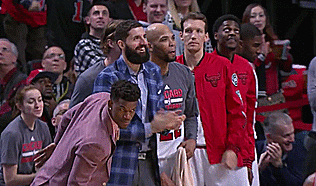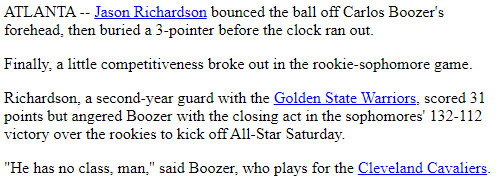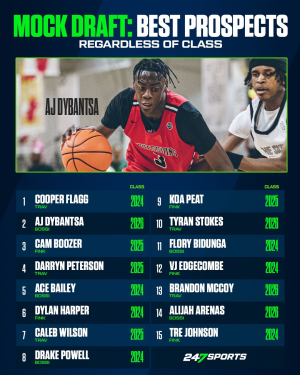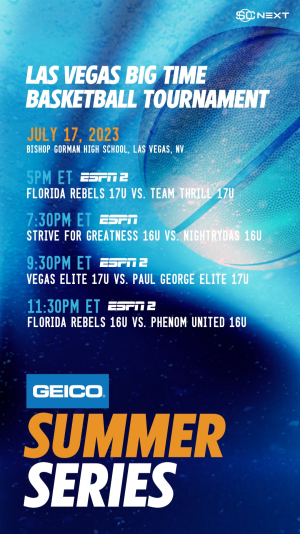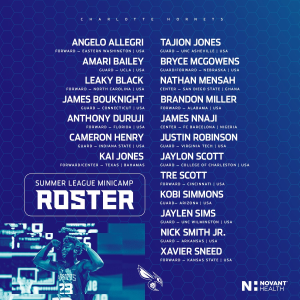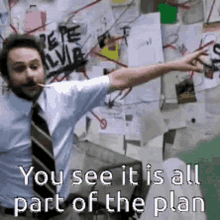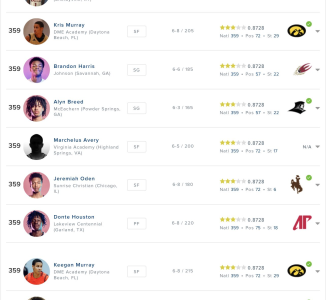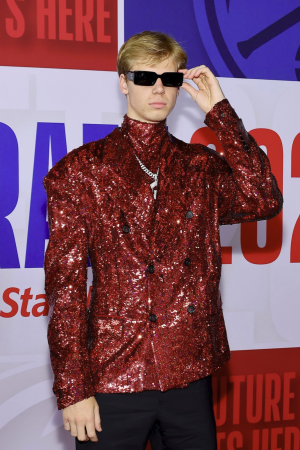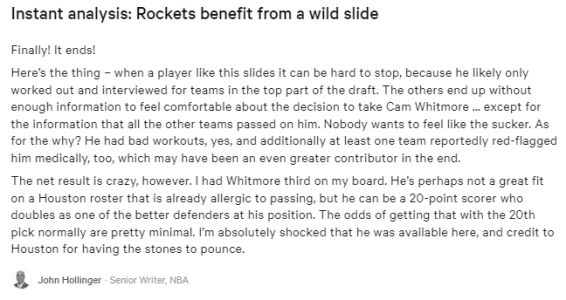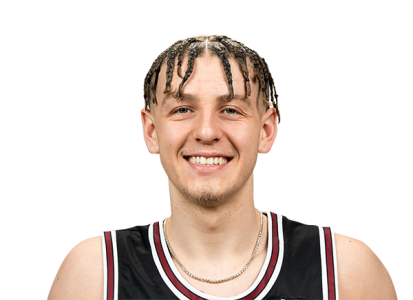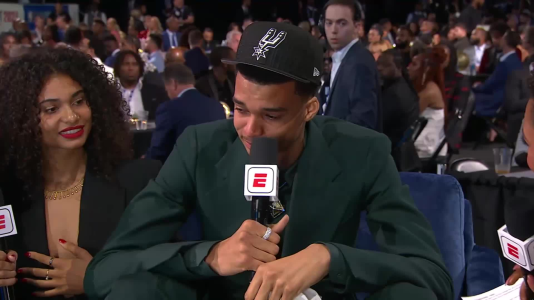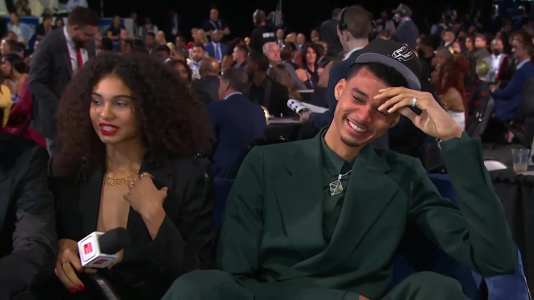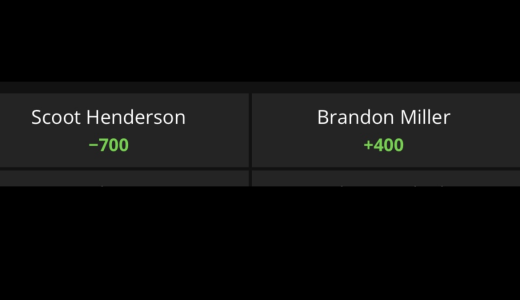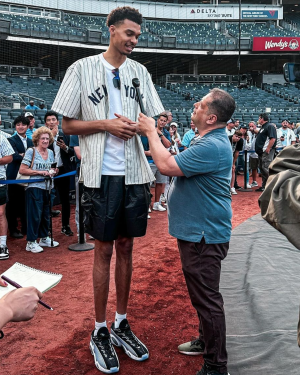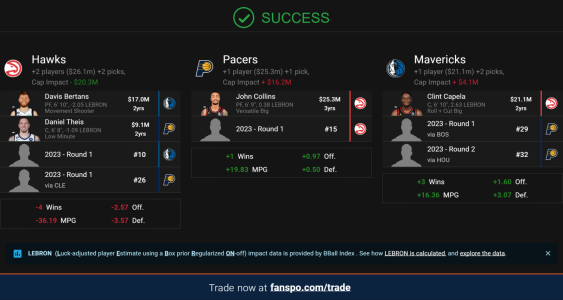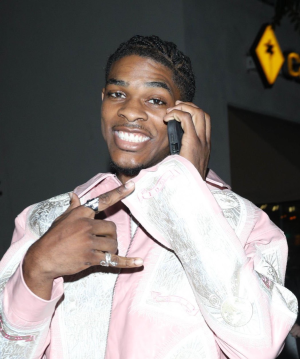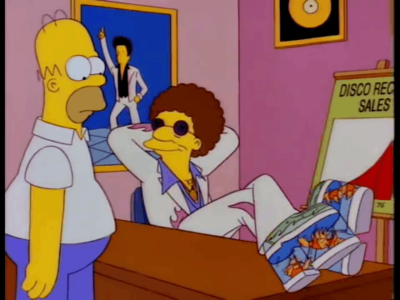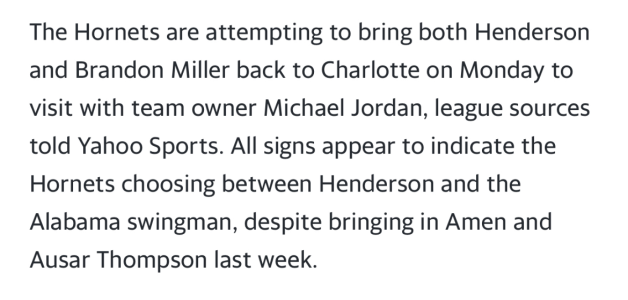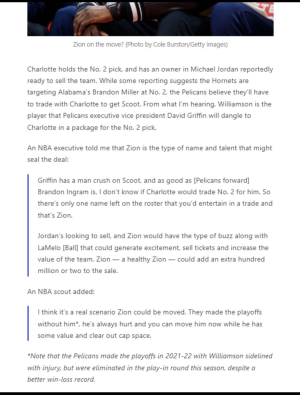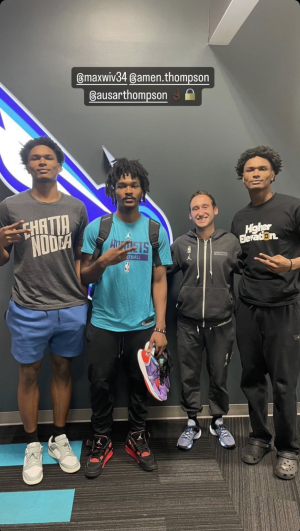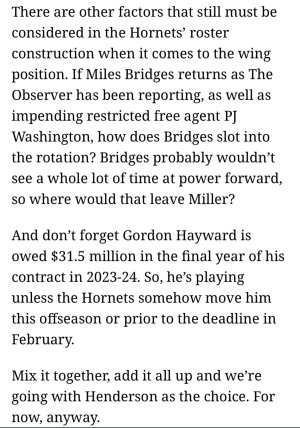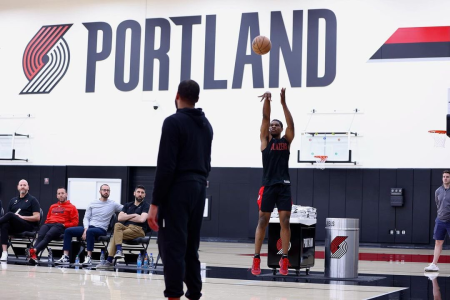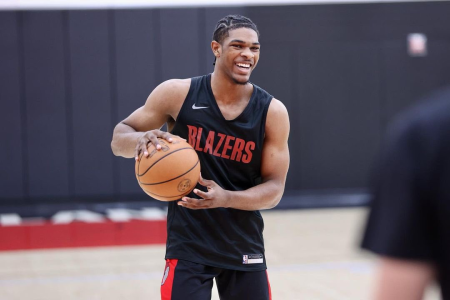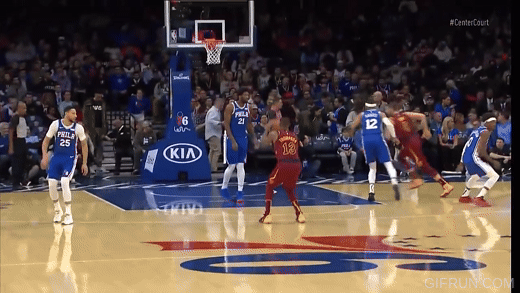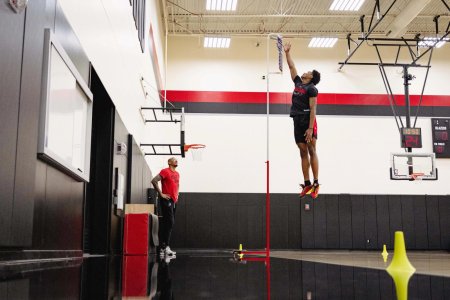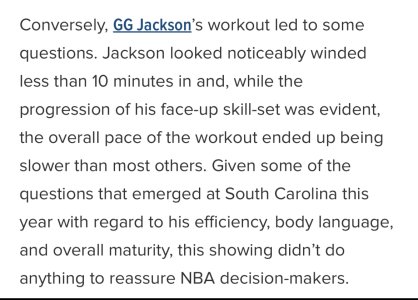- 24,914
- 12,698
- Joined
- May 30, 2006
Does Drew Timme have a future?
He’s probably gotta shoot it better to really have a chance. But man he’s got some game offensively.
He’s probably gotta shoot it better to really have a chance. But man he’s got some game offensively.

 ...Probly a few mins every couple games kinda guy when the offense is struggling
...Probly a few mins every couple games kinda guy when the offense is struggling : I’ve been in the No. 12 to No. 20 range for the last few months on Wagner, and the NCAA Tournament didn’t really change much for me there. He had some incredible highs and incredible lows. Against Florida State, he was the best player on the court, showcasing his ability to be a disruptive defender both on and off the ball; his ability to pass it and make plays for teammates with high-level reads; and his shooting ability. Then, against UCLA, he played one of the worst games I think I’ve ever seen from a potential lottery pick (1-of-10 from the field, an airball on a potential game-winning 3 and not nearly the defense we’ve come to expect from him). And honestly, this has been the rub with Wagner all year. He’s been great in spurts and has been rough at times. He has moments where he looks like a Robert Covington-like 3-and-D defender who wreaks havoc away from the ball, and then there are other moments where he can’t make a shot and gets scored on a ton when defending on the ball. He’s a difficult player to figure out right now. It really will come down to how his frame develops and how his shooting consistency works. Can he continue to gain strength and weight? And then, can he knock down open 3s consistently? I think I’m a believer in it; otherwise, I wouldn’t have him this high. But I don’t think he’s a no-doubter like some do.
: I’ve been in the No. 12 to No. 20 range for the last few months on Wagner, and the NCAA Tournament didn’t really change much for me there. He had some incredible highs and incredible lows. Against Florida State, he was the best player on the court, showcasing his ability to be a disruptive defender both on and off the ball; his ability to pass it and make plays for teammates with high-level reads; and his shooting ability. Then, against UCLA, he played one of the worst games I think I’ve ever seen from a potential lottery pick (1-of-10 from the field, an airball on a potential game-winning 3 and not nearly the defense we’ve come to expect from him). And honestly, this has been the rub with Wagner all year. He’s been great in spurts and has been rough at times. He has moments where he looks like a Robert Covington-like 3-and-D defender who wreaks havoc away from the ball, and then there are other moments where he can’t make a shot and gets scored on a ton when defending on the ball. He’s a difficult player to figure out right now. It really will come down to how his frame develops and how his shooting consistency works. Can he continue to gain strength and weight? And then, can he knock down open 3s consistently? I think I’m a believer in it; otherwise, I wouldn’t have him this high. But I don’t think he’s a no-doubter like some do.